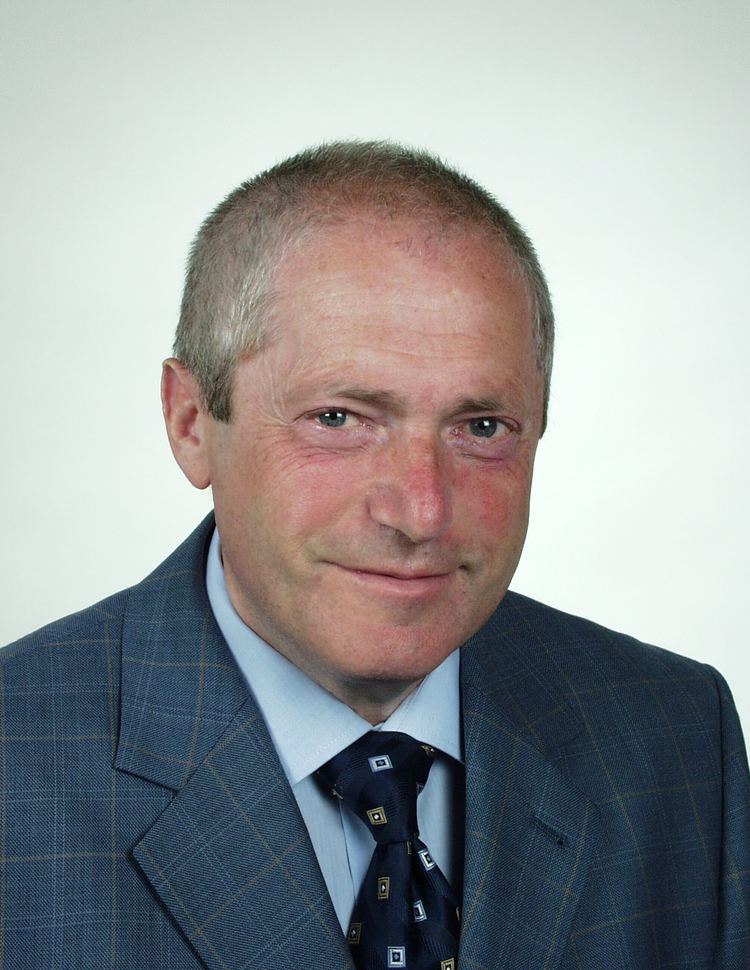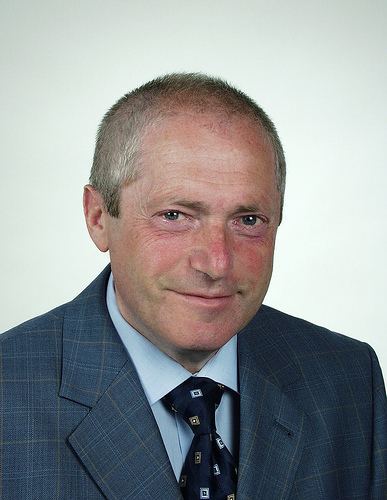Name Boris Kerner | ||
 | ||
Books The Physics of Traffic: Empirical Freeway Pattern Features, Engineering Applications, and Theory | ||
Caroline shaw boris kerner
Boris S. Kerner (born 1947) is the pioneer of three phase traffic theory.
Contents
- Caroline shaw boris kerner
- Caroline shaw boris kerner camerata pacifica
- Life and work
- Publications
- References

Caroline shaw boris kerner camerata pacifica
Life and work
Boris S. Kerner is an expert in intelligent transportation systems, transportation engineering, and the physics of vehicular traffic and transport. He was born in Moscow, Soviet Union in 1947 and graduated from the Moscow Technical University MIREA in 1972. Between 1972 and 1992, his major interests include the physics of semiconductors, plasma and solid state physics. During this time, Boris Kerner together with V.V. Osipov developed a theory of Autosolitons - solitary intrinsic states, which form in a broad class of physical, chemical and biological dissipative systems.
After emigration from Russia to Germany in 1992, Boris Kerner worked for the Daimler company in Stuttgart. His major interest since then was the understanding of vehicular traffic. Empirical spatiotemporal features of traffic breakdown at highway bottlenecks understood by Boris Kerner are the basis for Kerner's three phase traffic theory, which he introduced and developed in 1996–2002.
In Kerner's three phase traffic theory, in addition to the free flow traffic phase (F), there are two traffic phases in congested traffic: the synchronized flow traffic phase (S) and the wide moving jam phase. One of the main results of Kerner's theory is that traffic breakdown at a highway bottleneck is a random (probabilistic) phase transition from free flow to synchronized flow (F → S transition) that occurs in a metastable state of free flow at a highway bottleneck. This basic result of Kerner's theory shows the incommensurability of three-phase traffic theory with all earlier traffic flow theories.
Kerner's three phase traffic theory is a theoretical basis for some applications in transportation engineering, like ASDA/FOTO methods that are used in on-line applications for spatiotemporal reconstruction of congested traffic patterns in highway networks as well as Kerner’s breakdown minimization principle that is devoted to control and optimization of traffic and transportation networks.
In 2011-2014, Boris Kerner has expanded three phase traffic theory, which he developed initially for highway traffic, for the description of city traffic. It turns out that like traffic breakdown at highway bottlenecks, traffic breakdown at traffic signals is also a random phase transition that occurs in metastable under-saturated city traffic. This theory of traffic breakdown at traffic signals can explain the physics of traffic gridlock in city traffic as well as the breakdown of green wave that is often observed in real city traffic. Moreover, like empirical studies of highway traffic, recent empirical studies of over-saturated city traffic prove the existence of empirical synchronized flow in city traffic.
Between 2000 and 2013 Boris Kerner was a head of a scientific research field Traffic at the Daimler company. In 2011 Boris Kerner was awarded with the degree Professor at the University of Duisburg-Essen in Germany. After his retirement from the Daimler company on January 31, 2013, Prof. Kerner works at the University Duisburg-Essen.
